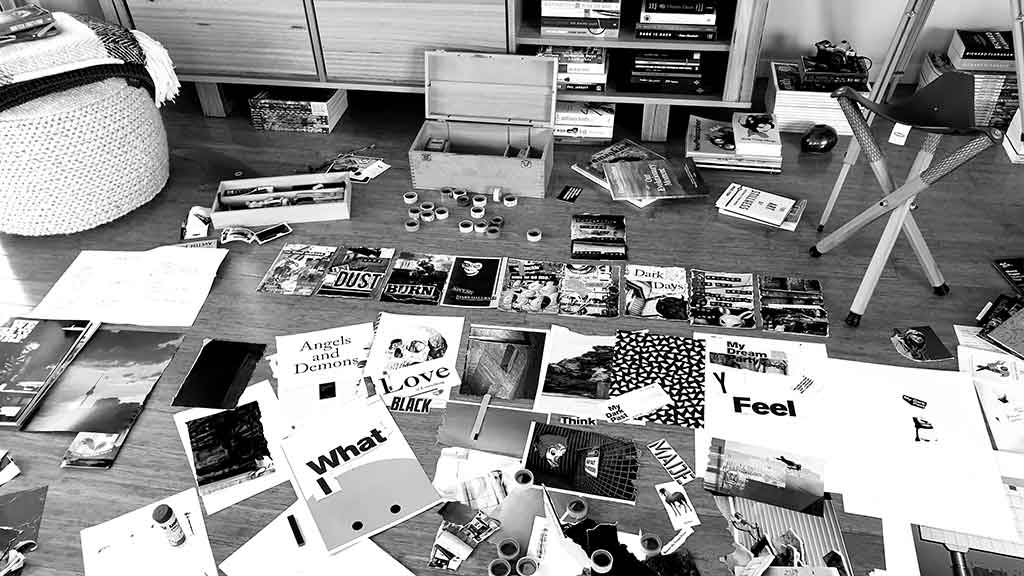
Zines Will Never Die
In an age where paper and print and the future of books is called into question – zines endure1.
Handmade high weirdness
Chaos and edge
The stuff that has impact
And the stuff that truly lasts
Has always been strange2
Zines will never die.
Which is a good thing.
As they facilitate connection.
Not only of people
But of bodies1.
They are material embodiment.
As the fingers of one person thumb the pages
They respond to the trace of another1.
They reconnect us
Not only to our own bodies
But that of other human beings.
And they reacquaint us
Not only to complexity and mystery3
But to our innate desire to sit comfortable in it4
Zines are clues
Tactile renders
Of experience
And history
Of protest
And alternative futures
Zines are a ‘making’3
For hope
And of hope1
Zines are a making
Made specifically for you.
Notes
Dr Ashleigh Watson, Dr Laura Rodriguez Castro, and Samantha Trayhurn of St Frances Street Press and AKE Zine got me interested in zines and I thank them for that.
And Alison Piepmeier wrote an epic paper titled, ‘Why Zines Matter: The Materiality and the Creation of Embodied Community’ which taught me a lot and as as a result I just cited heaps. And so I wanted to leave her with the last word for now … “They counter the cultural imperative “to keep distant and distrustful, alienated, lonely and safe” and make visible the desire for community and human connection” (Piepmeier, 2008, p. 235).
And the featured image was me playing around with zine-style art at the same time as I was writing a short spoken word piece on technology and privacy titled, ‘Run’ (which you can read here). The two methods fused together and influenced the outcomes of both bits of creative work. Mixed methods.
And Mixed-Methods Research is something else Ashleigh Watson put me onto. “Methods Braiding” is how Ashleigh describes it. And so another paper I have found inspiration from recently was one of Ashleigh’s. It is titled, ‘Methods Braiding: A Technique for Arts-Based and Mixed-Methods Research’ and you can read it here.
References
- Piepmeier, A. 2008. Why Zines Matter: The Materiality and the Creation of Embodied Community’. American Periodicals, Vol 18, No.2. pp. 213-238.
- Teitelbaum, D. 2015. Daniel Handler embraces Complexity. Dumbo Feather. Fourth Quarter. Issue 45. p. 78-92
- Wieb, S. & Sameshima, P. 2020. Reframing and Reflaming Social Justice Through Poetry. In Poetic Inquiry As Social Justice And Political Response. P. 223-237.
- McKeon, M. 2020. Opening into Relational Responsibility with Poetry. In Poetic Inquiry As Social Justice And Political Response. P. 55-64.
